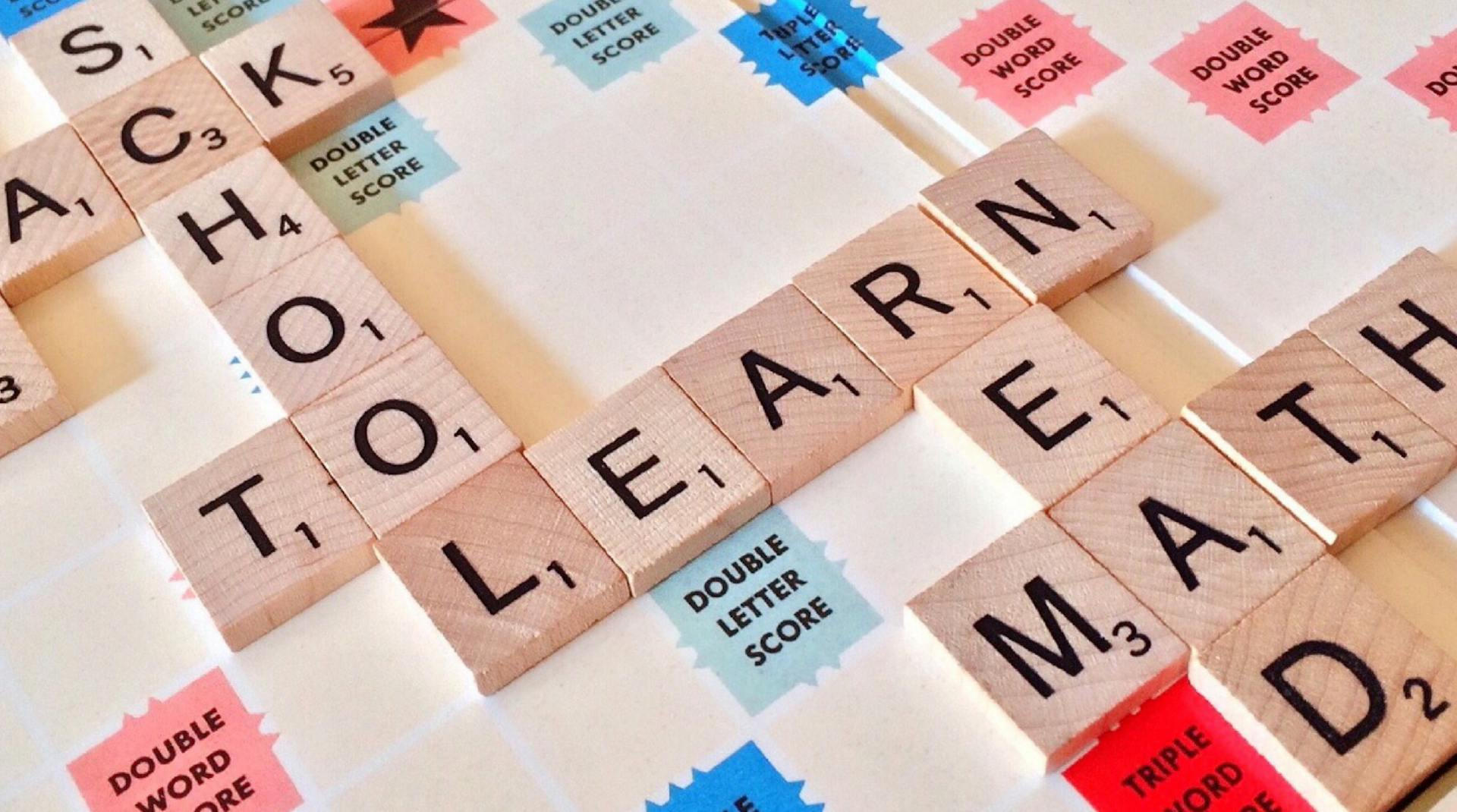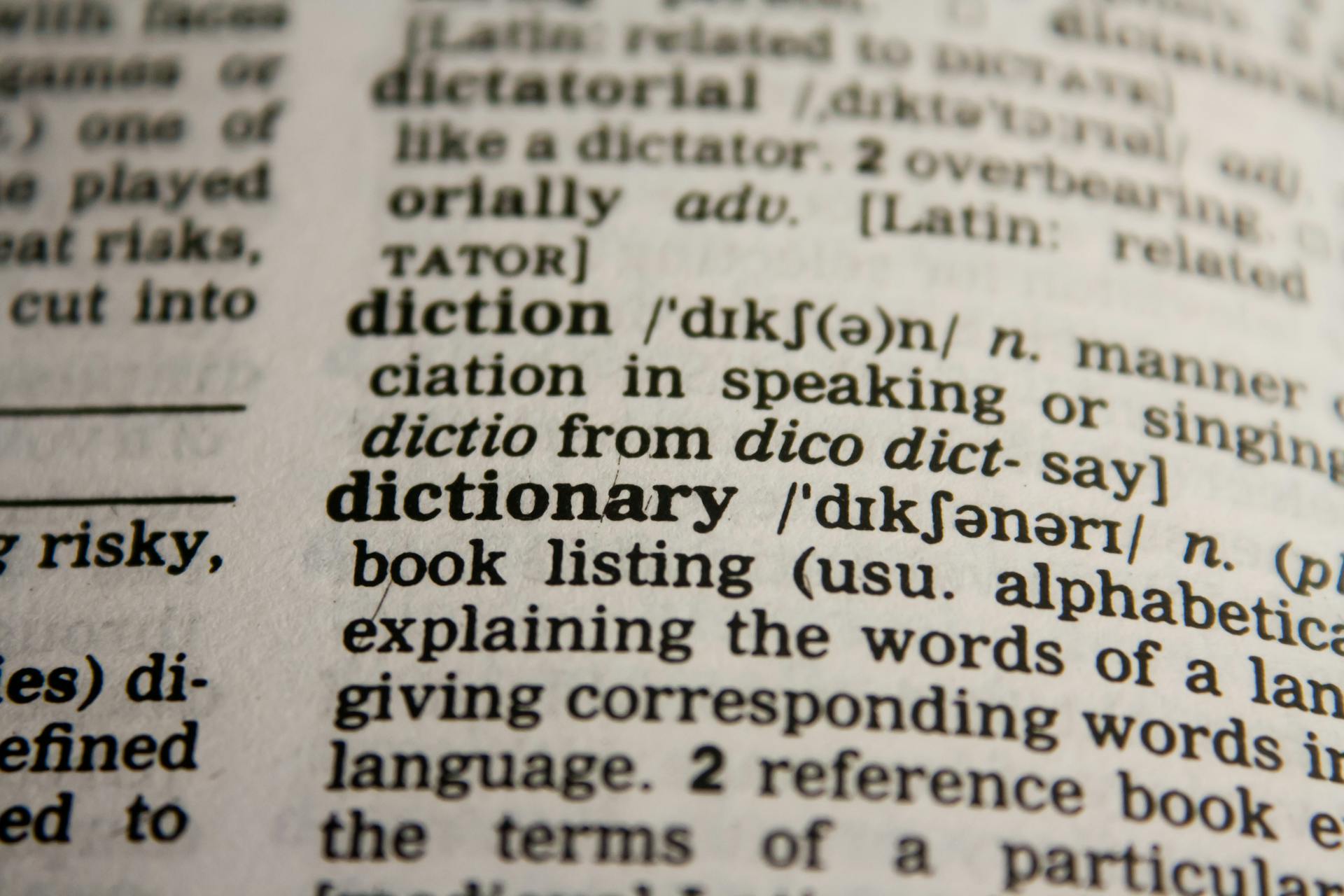
If you're learning English, chances are you've already encountered the present simple tense. It's one of the most common verb tenses in the language, and it's used to talk about things happening right now or regularly. Maybe you've already learned some basic usage rules for the present simple, but what if you want to take your understanding to the next level? That's where this guide comes in.
Whether you're an ESL student looking to improve your skills or a native speaker who wants to brush up on grammar, Simply Present: The Complete Guide to the Present Simple Tense in English has got you covered. Written by a team of language experts and based on years of research, this blog post covers everything from the basics of present simple conjugation to more complex topics like using time expressions and conditionals with this tense. And if you want to take this guide with you on-the-go, there's even a portable PDF version available for copy download.
So why should you bother mastering the present simple? For starters, it's a fundamental part of daily communication in English. From discussing changing seasons with a good friend to talking about your last relaxing camping trip, being able to use this tense correctly will make your interactions smoother and more natural. Plus, understanding how the present simple works can also help you grasp other verb tenses and improve your overall proficiency in English. So let's dive in – together we'll explore all that the present simple has to offer!
For more insights, see: English Verb Tenses
Learn How to Perfectly Use Present Simple in English

Present simple is one of the most basic and essential grammatical structures in English conversations. To master this tense, it is important to practice English grammar online or start with a beginner's log. You can take online quizzes or try a simple fill-in-the-blank quiz to learn how to use present simple correctly.
The correct form of the English present simple is essential in both spoken and written communication. For instance, when writing a formal letter, you will need to use the right tense to communicate effectively. Agendawebs multiple-choice quiz is an excellent way to test your knowledge of present simple. You can also check out Learn Englishs collection of fill-in-the-blank worksheets and exercises, as well as multiple-choice questions to help you learn 50 common English verbs.
To finish learning how to use present simple correctly, it is important to practice regularly. By using fill-in-the-blank exercises and taking quizzes, you can improve your skills in using this crucial verb tense. Don't forget that verbs you'll encounter frequently like "to be," "to have," "to do," "to go" are often used in present simple tense; mastering them will make all conversations smoother and more comfortable for both parties involved.
Worth a look: English Modal Verbs
Understanding the Present Simple Tense in English Made Easy

The present simple tense, also called simple present, is used to describe things happening in the present time. It is constructed using a single word without any additional verbs called auxiliaries. The most important thing to remember about the present simple tense is that it describes actions that are habitual or facts that are always true.
When we use the present simple tense, we talk about things happening in general, not something that is going on right now. For example, if you say "I cook dinner on Wednesdays," it means you usually cook dinner on Wednesdays - this sentence doesn't show whether you're actually performing the task at the moment of speaking or not. This is different from the present progressive tense which describes an action happening right now or in progress: "I am cooking dinner."
It's important to use the correct tense when talking about what you do regularly and what you're doing right now. If you say "I cook dinner" instead of "I am cooking dinner," it implies a habitual action rather than an actual task being performed at this moment. So remember, when talking about general habits or facts, use the present simple; when describing tasks in progress or actions happening right now, use the present progressive.
Here's an interesting read: Talking about Food in English
Questions and Negatives in the Present Simple Tense

Making questions and negative sentences in the present simple tense can be tricky, but once you understand the basic rules, it becomes easier. The present simple is used to describe actions that happen regularly or habits. To make simple questions, we use the auxiliary verb "do" or "does", followed by the subject and main verb in its base or dictionary form. For example: "Do you play tennis?"
To make a negative sentence in present simple, we add "don't" or "doesn't" before the main verb. The negative sentence constructions are formed with the same word order as positive sentences, except for the addition of "not." For example: "I don't like coffee." It's important to remember that when using third-person singular subjects (he, she, it), we use “doesn’t” instead of “don’t”.
The wh- question words such as who, what, when, where and why can also be used to make questions in present simple. For example: "What do you usually do on weekends?" In these cases, the main verb doesn't change its form even when using different subject types. As Bil Keane once said,"Yesterday’s just a memory, tomorrow is never what it’s supposed to be", so let's focus on mastering present simple tense for now!
Check this out: English Job Interview Questions
1. Enter your e-mail address to get your free PDF!
Are you struggling to understand the present simple in English? Look no further! Our free PDF guide will give you all the tips and tricks you need to master this vital tense. Just enter your email address and we'll send it straight to your inbox.
Don't worry, we hate spam just as much as you do. Your email address is safe with us and we promise not to share it with anyone else. So what are you waiting for? Sign up now and take the first step towards improving your English language skills.
Uncomplicated Guide to Employing Present Simple in English
Present simple is a basic yet essential grammar point in the English language. It's used to describe actions or states that are habitual or permanent, and it's easy to use once you understand the rules. You simply add an -s or -es ending to verbs when talking about third-person singular subjects (he, she, it), and there are no changes for first- or second-person subjects (I, you, we, they). With this simple guide, you'll be able to employ present simple with ease and confidence.
1. To talk about generalities or facts.
To talk about generalities or facts, we often use the present simple tense in English. This tense is used to describe general actions that happen regularly or at the present time. For example, we can say "Sentence lions hunt for their food" to express a general truth about lions.
In addition, the present simple tense can also be used to state facts or habits. For instance, the sentence "He eats meat" tells us that this person has a habit of consuming meat. By using the present simple tense in our sentences, we are able to convey information in a clear and concise manner.
2. To talk about circumstances that don’t change.
When it comes to circumstances that don't change anytime soon, the present simple tense is your go-to. In English, present simple is used to describe habits or facts that remain constant over time. For example, the sentence "Linda lives in a big house" shows Linda's current situation and isn't changing anytime soon.
Using present simple to describe Linda's large home gives the reader a clear understanding of her living situation. It also emphasizes the fact that her circumstances are unlikely to change anytime soon. By using this tense, we can create a sense of stability and consistency in our language, making it easier for readers to understand and follow along with our writing. In short, if you want to talk about things that won't be changing anytime soon, use the present simple tense!
3. To talk about habits or actions that repeat.
Habits things are actions that we do repeatedly in our daily lives. In English, we use the present simple tense to talk about these habits. The present simple is also used to express general truths and states of being. For example, "I eat breakfast every morning" or "The sun rises in the east" are both examples of the present simple being used to talk about habitual actions or general truths.
Using the present simple tense correctly is important for clear communication in English. It's a foundational grammar concept that is essential for beginners to understand and master before moving on to more advanced topics. By using the present simple, speakers can clearly communicate their habits and routines, helping listeners understand their daily lives better.
See what others are reading: Talk about Family in English
Frequently Asked Questions
Is it possible to use other tenses for present simple?
Yes, it is possible to use other tenses for present simple, such as present continuous or present perfect, depending on the context and situation.
What is an example of past tense?
Past tense is a grammatical term used to describe an action or event that has already happened. An example of past tense is "I walked to the store yesterday."
What does present simple mean?
Present simple refers to a verb tense that describes actions or states of being that are currently happening or are true in general. It is used for regular, repeated actions or for facts that are always true.
What is the conjugation of English simple present tense?
The conjugation of English simple present tense involves adding an "s" to the base form of the verb when used with third person singular subjects. For example, "I walk" becomes "he walks".
What are some examples of simple present tense?
Simple present tense is used to describe actions that are habitual or occur regularly. Examples include "I walk to work every day," "She eats breakfast at 7 am," and "He studies for his exams every night."
Featured Images: pexels.com


